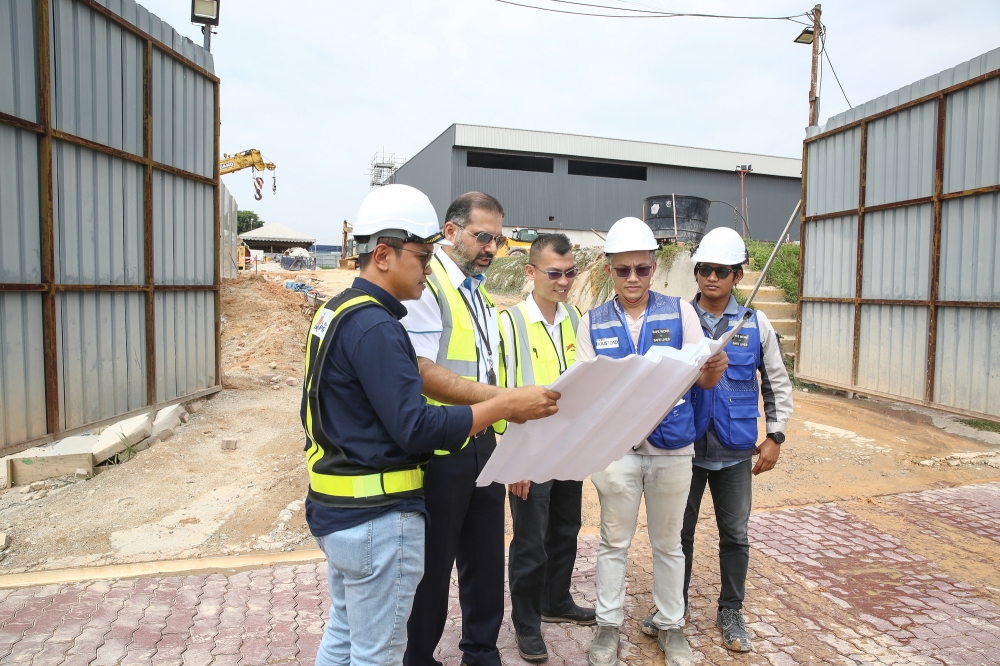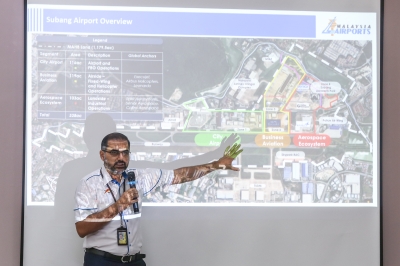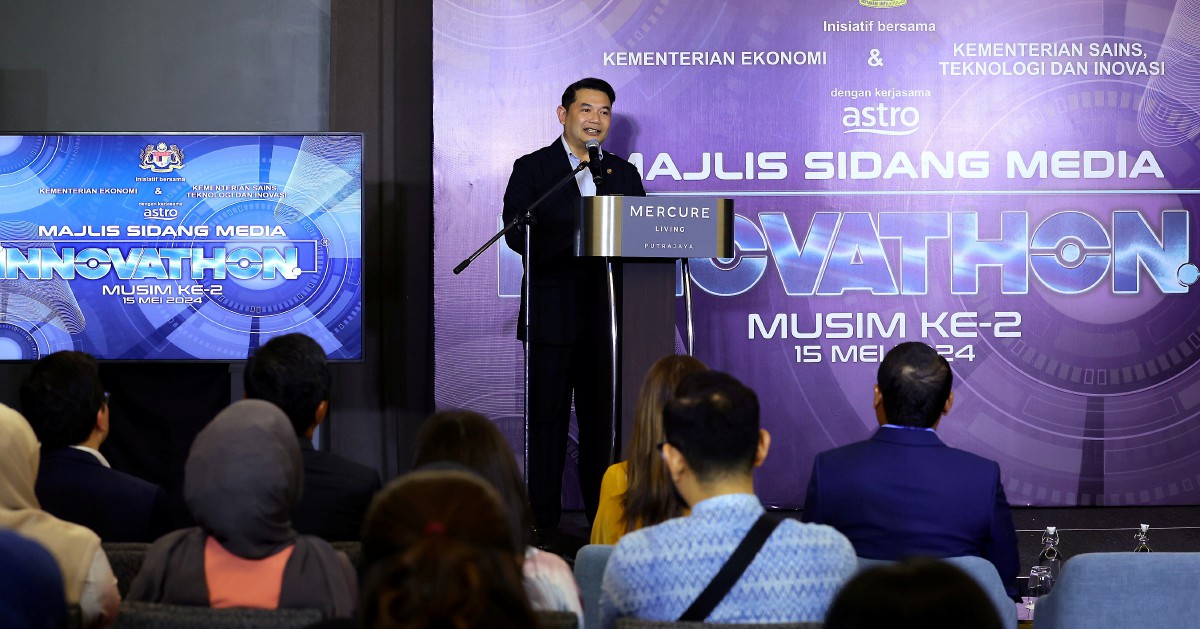SUBANG, March 20 — The revamp of Sultan Abdul Aziz Shah Airport (LTSAAS) in Subang, Selangor will produce an expected gross output of RM8.7 billion a year once it is completed in 2030.
Head of KLIA Aeropolis Sdn Bhd Randhill Singh during a media briefing this afternoon said the airport will be redesigned to fully utilise the land owned — expanding the capacity of the airport and economic revenue, which is expected to contribute one per cent to Selangor’s gross domestic product.
“The hangars currently not so efficient use of land, but all of these will be demolished in phases.
Advertisement
“So then, we would have efficient use of the land.
“By doing this reconfiguration and expansion of the air site, we will move from the current gross floor area of 1.7 billion (square feet) to 3.9 billion (square feet),” Randhill said.
He explained that the revamp would involve demolishing buildings and roads to utilise the land more efficiently and bring back jet operations to the airport.
Advertisement

Head of KLIA Aeropolis Sdn Bhd (KASB) Randhill Singh (second from left) during a media briefing at Subang Aerotech Park March 20, 2024. — Picture by Yusof Mat Isa
By the end of this month, two jets will be parked here under the airport’s interim jet operations.
He said currently, it can only hold 11 ATR aircraft, but the redesign will make the airport capable of housing five ATR aircraft and six jets.
“Helicopter business aviation you will see here, not much in Kuala Lumpur International Airport (KLIA),” Randhill said adding that that the cargo services in Subang will be demolished and moved to KLIA.
The KTM commuter services to the airport will also be revitalised after phase one of the project is completed.
To date, the airport has a capacity of 1.5 million passengers, and the expansion that has begun in phases will see a three million-passenger capacity this year and eight million by 2030.
The phased overhaul that focuses on the city airport, business aviation, and aerospace ecosystem around Subang would also include sustainability practices.
The regeneration will also create jobs ranging from top managerial positions to low or semi-skilled workers, Randhill said, citing jet maintenance company ExecuJet MRO Services that recently opened in Subang.
“It allows us to be competitive, to keep up with the regional competition,” Randhill said.







